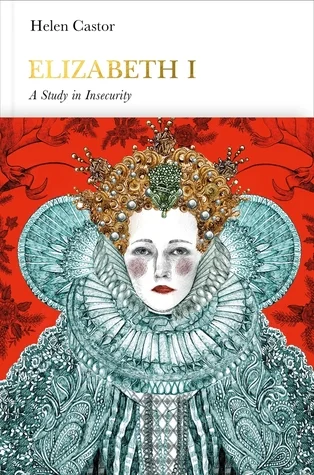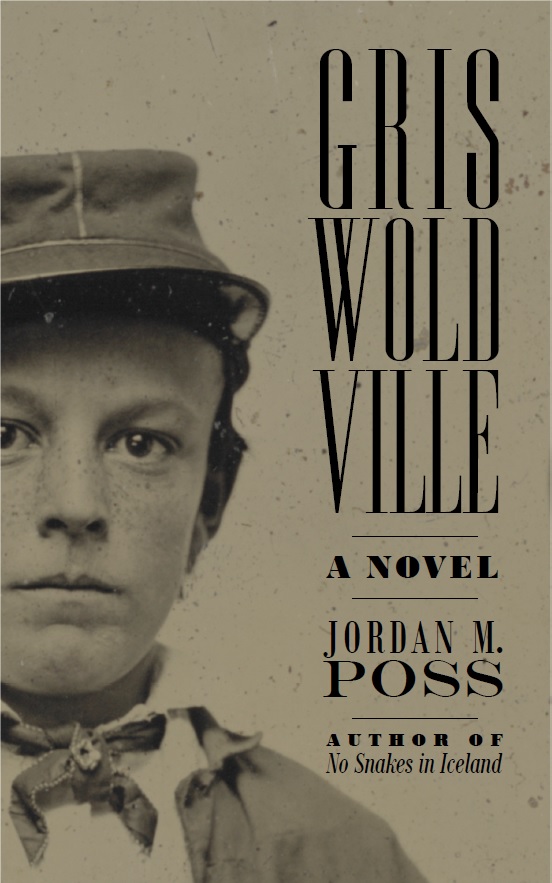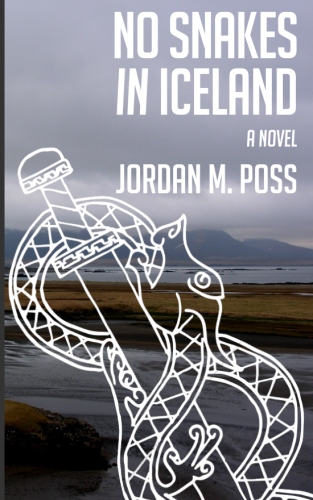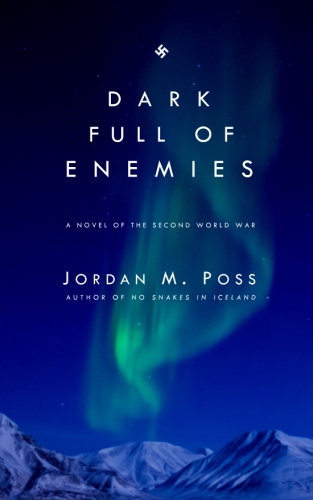I'm being jocular, of course, and this Lay is a welcome edition to the available work of Tolkien, but when I turned it up online that was the first thing to cross my mind. Christopher Tolkien and the Tolkien Estate have taken some flak for mining the master's unpublished papers, presumably as a cash grab.
Delving too greedily and too deep, if you will.
As it happens, I don't think this criticism is fair, and I'm glad that even slender volumes like this one (just 106 pages) and The Story of Kullervo continue to come out, for reasons I'll get into later.
The Lay of Aotrou and Itroun is a 506-line poem based on Breton myth, particularly Celtic stories about witches and changelings. It's a lay, meaning a narrative poem longer than a ballad and shorter than an epic, composed in iambic tetrameter couplets, a format most famously used in the lais of Marie de France, a twelfth-century poet. Tolkien wrote this poem in 1930, apparently in the middle of writing The Lay of Leithian, which the editor has established thanks to Tolkien's own careful notations of the dates of completion of several different manuscripts.
Tolkien wrote the poem following a period of intense study of Celtic myth and legend, and the Lay is rooted in the stories of Brittany, a continental outpost of the Celtic Fringe. Gwyn Jones, familiar to anyone who has studied the Viking Age, published the Lay in Welsh Review in December 1945.
The Lay tells the story of a Breton king and queen who cannot have a child. The king eventually seeks out an enchantress who gives him a potion which, after he spikes his wife's drink with it, allows the couple to conceive and bear twin children. The witch accepts no payment—always a danger sign in this kind of story—and a short time later the king, pursuing a white deer to help satisfy a strange craving of his wife, stumbles upon the witch, who now demands payment. He refuses, insists he will be immune to her vengeful witchcraft, and slowly succumbs and dies over the next three days, after which his wife dies as well.
The story is slight but evocative, and Tolkien's poetry is wonderful to read. Here's the king pursuing the deer (ll. 259-276), just before he encounters the witch for the second and final time:
Beneath the woodland's hanging eaves
a white doe startled under leaves;
strangely she glistered in the sun
as she leaped forth and turned to run.
Then reckless after her he spurred;
dim laughter in the woods he heard,
but heeded not, a longing strange
for deer that fair and fearless range
vexed him, for venison of the beast
whereon no mortal hunt shall feast,
for waters crystal-clear and cold
that never in holy fountain rolled.
He hunted her from the forest eaves
into the twilight under leaves;
the earth was shaken under hoof,
till the boughs were bent into a roof,
and the sun was woven in a snare;
and laughter still was on the air.
Beautiful, eerie, atmospheric, expressive of the king's character—his own desire to run down this deer is about to ensnare him—and not a little unsettling, with that laughter hanging in the air behind him as he unwittingly leaves the ordinary world behind.
The main text itself is about twenty pages long. The rest of the book is taken up with antecedents: two ballads, a fragment, and earlier handwritten and typescript versions of the final published poem. The ballads, which are thematically linked (Christopher Tolkien refers to them as a diptych), tell two stories of corrigans—female nature spirits that seek to replenish their dwindling ranks by either seducing mortal men or stealing human children. Here are the first three quatrains from The Corrigan I, in which a woman finds her child swapped for a changeling:
'Mary on earth, why dost thou weep?'
'My little child I could not keep:
A corrigan stole him in his sleep,
And I must weep.
To a well they went for water clear,
In cradle crooning they left him here,
And I found him not, my baby dear,
Returning here.
In the cradle a strange cry I heard.
Dark was his face like a wrinkled toad;
With hands he clawed, he mouthed and mowed,
But made no word.'
I particularly enjoyed the two ballads. They're short, atmospheric poems that evoke the dangerously blurry boundary between the everyday and supernatural worlds, a theme not so much running through as saturating Celtic myth.
The editor, Tolkien scholar Verlyn Flieger, helpfully lays all this out in her introductory material, explanatory notes, and critical apparatus. By printing the published version of the Lay first and following it with the ballads and earlier drafts, Flieger shows how Tolkien dabbled with some ideas he had encountered in his reading of Celtic myth at the time and, gradually, reworked some Breton legends and made them his own. She offers particularly keen insights into the ways in which Tolkien, in the final version of the Lay, pitted pagan and Christian elements against each other—the witch's laughter versus hymns, the witch herself versus the Virgin—to shape a powerfully resonant but economical story.
Which is why I appreciate works like The Lay of Aotrou and Itroun being made available. If you have an interest, like I do, in the ways writers and artists consider, rework, and riff off of their inspirations until something original emerges, books like these and the aforementioned Story of Kullervo—also edited by Flieger and also worth reading—are opportunities to see that artistic process in action.
Because what Tolkien did with the myths he loved was not simple regurgitation, which tends to be how people talk about his medieval influences. While a case can be made that the corrigan of the ballads or the fay or witch of the Lay proper are the literary grandmothers of a character like Galadriel, these poems are important on their own, not just as raw material for The Lord of the Rings. It is interesting in and of itself to see how Tolkien read voraciously—whether Celtic, Germanic, or Finnish legend—absorbed what he was interested in, and let it inform his creativity. His was a mind awake and open, endlessly curious, receptive to ancient storytelling traditions, and he didn't mind a lot of hard work.
As an aside: Ted Nasmith, the illustrator whose paintings graced the paperback copies of The Hobbit and The Lord of the Rings that I read in high school, has three works based on Aotrou and Itroun that you can look at on his website.












